Minister Nguyen Hong Dien said that nuclear power will be developed in a concentrated, small-scale manner throughout the country. Therefore, in this planning, in addition to Ninh Thuan , there must be 3 out of 8 locations identified as being able to build nuclear power plants.
Need to mobilize 30.7-40 billion USD in renewable energy investment capital
At the consultation meeting of the Council for Appraisal of the Project to Adjust the National Power Development Plan for the 2021-2030 period, with a vision to 2050 (Adjusted Power Plan VIII), on the afternoon of February 12, Mr. Nguyen Anh Tuan - General Secretary of the Vietnam Energy Association, acknowledged that with an expected GDP growth rate of 8% in 2025 and 10% in the 2026-2030 period, electricity demand will increase.
The Draft Power Plan VIII has proposed two scenarios: 10.3% growth in electricity demand according to the basic plan and 12.5% according to the high plan, close to economic development scenarios.
However, according to him, it is necessary to calculate regional backup plans to avoid local power shortages, instead of nationwide backup. In addition, it is necessary to carefully assess the electricity demand for green transportation, especially the North-South high-speed railway and the Metro system.
Regarding renewable energy, the leader of the Vietnam Energy Association said that the strong growth in the 2018-2021 period has posed many challenges. Increasing solar power capacity from 18GW to 34GW and wind power from 19.5GW to 22GW is feasible, but requires better management and coordination in the face of the increase in small-scale projects.

However, the biggest challenge is managing hundreds of small, distributed power sources, which involve legal, technical and land issues. To meet demand, Vietnam needs to mobilize between US$30.7 and US$40 billion in investment capital by 2030, mainly from the private sector and non-state enterprises, he said.
Regarding LNG power, Mr. Nguyen Anh Tuan recommended the early issuance of regulations on gas price transfer to launch important projects such as: Block B and Nhon Trach power. Although Decree 80/2024/ND-CP regulating the mechanism for direct electricity purchase and sale between renewable energy power generation units and large electricity users has been issued, many projects are still behind schedule due to the lack of complete power purchase and sale contracts.
As for pumped storage hydropower and electricity storage, it is necessary to quickly build a clear pricing mechanism to attract investment. Regarding nuclear power, he agreed with the plan to restart the project, but noted that building the first plant in 2031 is a big challenge, requiring careful preparation in terms of technology and human resources.
Furthermore, the energy development strategy needs to be balanced between regions. While the North lacks electricity, the Central region has a surplus.
"We should take advantage of the solar power potential in the North. Germany has 96,000 MW of solar power with only 900 hours of sunshine per year, while the North of our country has up to 1,200 hours of sunshine," Mr. Tuan cited and recommended that there should be reasonable development policies and equal investment allocation between regions to optimize resources and reduce capital pressure.
Mr. Nguyen Thai Son - Chairman of the Scientific Council of Vietnam Energy Magazine, emphasized the need to expand the forecast for the period 2031-2035 to clearly identify key investment portfolios, ensuring stability and continuity in the process of power source development.
In addition, it is necessary to develop an operating scenario higher than the forecast level to respond to unexpected situations, ensuring stable electricity supply for the economy, he added.
Will develop both centralized nuclear power and small-scale nuclear power
At the meeting, Minister of Industry and Trade Nguyen Hong Dien asked the consulting unit to accept comments on growth forecasts, and in the proposed baseline scenario, it is necessary to adjust by 45-50% compared to Power Plan VIII.
“Because we set a target of 8% GDP growth in 2025, and 10% growth each year from 2026 to 2030. So the baseline scenario must be 45-50%, the high scenario 60-65% compared to present, and the extreme scenario 70-75%,” he pointed out.
The Minister also agreed to maximize the potential of renewable energy. However, we must take into account the potential and advantages of which regions and areas are best for development.
With hydropower and pumped storage hydropower, it is necessary to fully exploit this source because it is both clean energy and a source of base electricity.
As for biomass electricity, he noted that it is necessary to follow the criterion of 15 MW/million people. In addition, if using materials from planted forests or waste, industrial waste, and household waste, it must be calculated according to the norm. Special attention should be paid to developing new energy. Electricity and gas include domestic natural gas and liquefied gas and nuclear power.
“We will develop centralized nuclear power and small-scale nuclear power nationwide. Therefore, in this plan, it is proposed that by 2030, not only Ninh Thuan but at least 3 out of 8 identified locations must be identified as potential locations for building nuclear power plants,” the Minister emphasized.
The Minister proposed that in the adjusted Power Plan VIII, smart grids must be applied and widely deployed.
He also affirmed that the electricity market will be competitive at all three levels: competitive electricity generation, competitive electricity wholesale and competitive electricity retail, with two-component electricity prices including both purchase and sale prices. As well as determining hourly price frames; clearly defining price frames for all types of electricity, including those that already exist and those that do not.
Accordingly, the Minister requested the General Director of Vietnam Electricity Group to immediately propose electricity and pumped storage hydropower prices. Urgently separate the transmission price from the electricity cost in a market-oriented manner, correctly, fully and completely calculate the cost of the transmission price.
“Only then can we mobilize social resources in the transmission sector, including inter-regional and intra-regional transmission. In particular, there must be a specific mechanism for each type of electricity, especially baseload power and new energy sources,” the Minister stated.
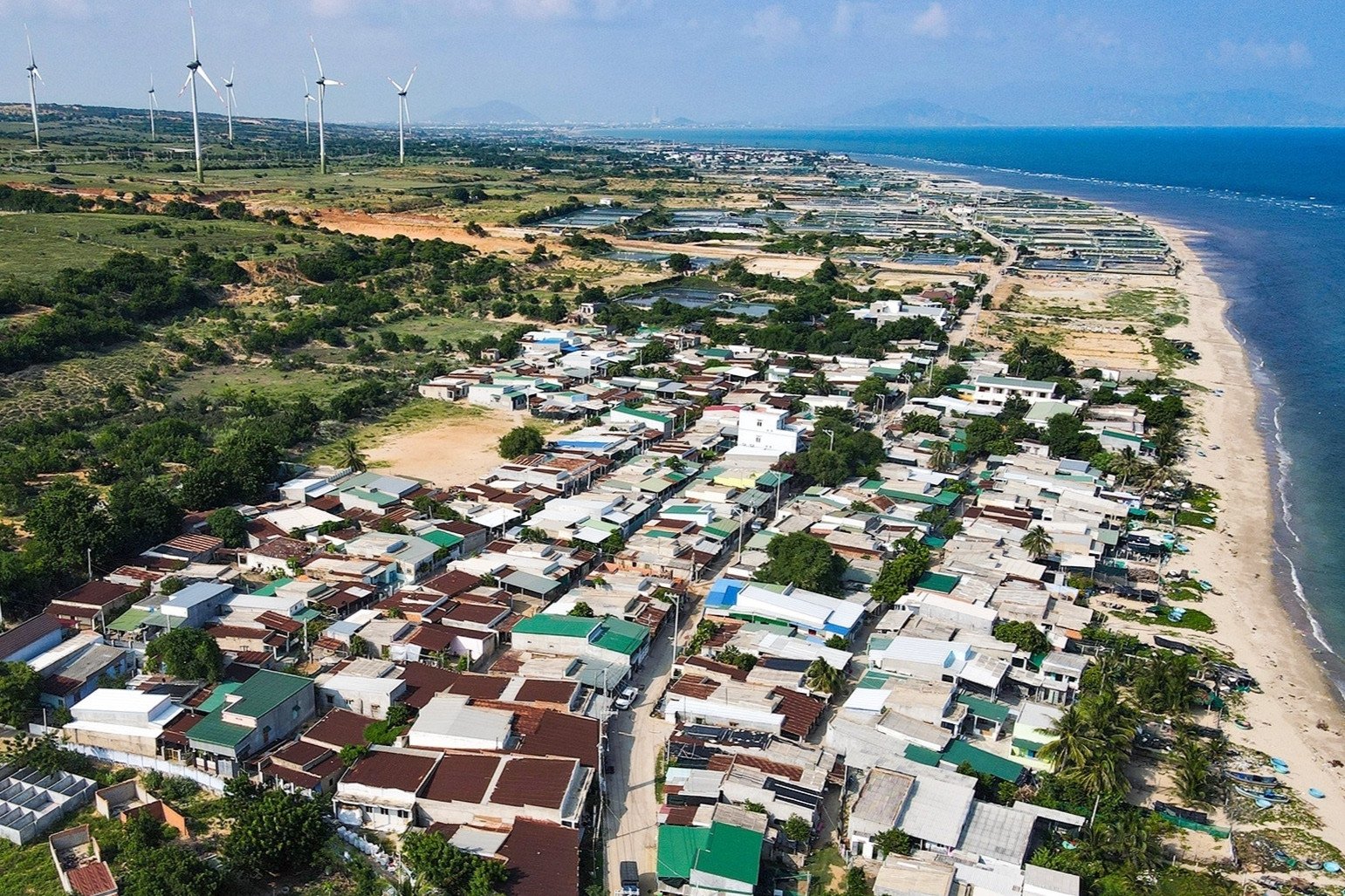
Source: https://vietnamnet.vn/bo-truong-nguyen-hong-dien-se-phat-trien-dien-hat-nhan-tren-pham-vi-ca-nuoc-2370822.html


![[Photo] Panorama of the Opening Ceremony of the 43rd Nhan Dan Newspaper National Table Tennis Championship](https://vphoto.vietnam.vn/thumb/1200x675/vietnam/resource/IMAGE/2025/5/19/5e22950340b941309280448198bcf1d9)
![[Photo] General Secretary To Lam attends the conference to review 10 years of implementing Directive No. 05 of the Politburo and evaluate the results of implementing Regulation No. 09 of the Central Public Security Party Committee.](https://vphoto.vietnam.vn/thumb/1200x675/vietnam/resource/IMAGE/2025/5/19/2f44458c655a4403acd7929dbbfa5039)
![[Photo] President Luong Cuong presents the 40-year Party membership badge to Chief of the Office of the President Le Khanh Hai](https://vphoto.vietnam.vn/thumb/1200x675/vietnam/resource/IMAGE/2025/5/19/a22bc55dd7bf4a2ab7e3958d32282c15)

![[Photo] Close-up of Tang Long Bridge, Thu Duc City after repairing rutting](https://vphoto.vietnam.vn/thumb/1200x675/vietnam/resource/IMAGE/2025/5/19/086736d9d11f43198f5bd8d78df9bd41)
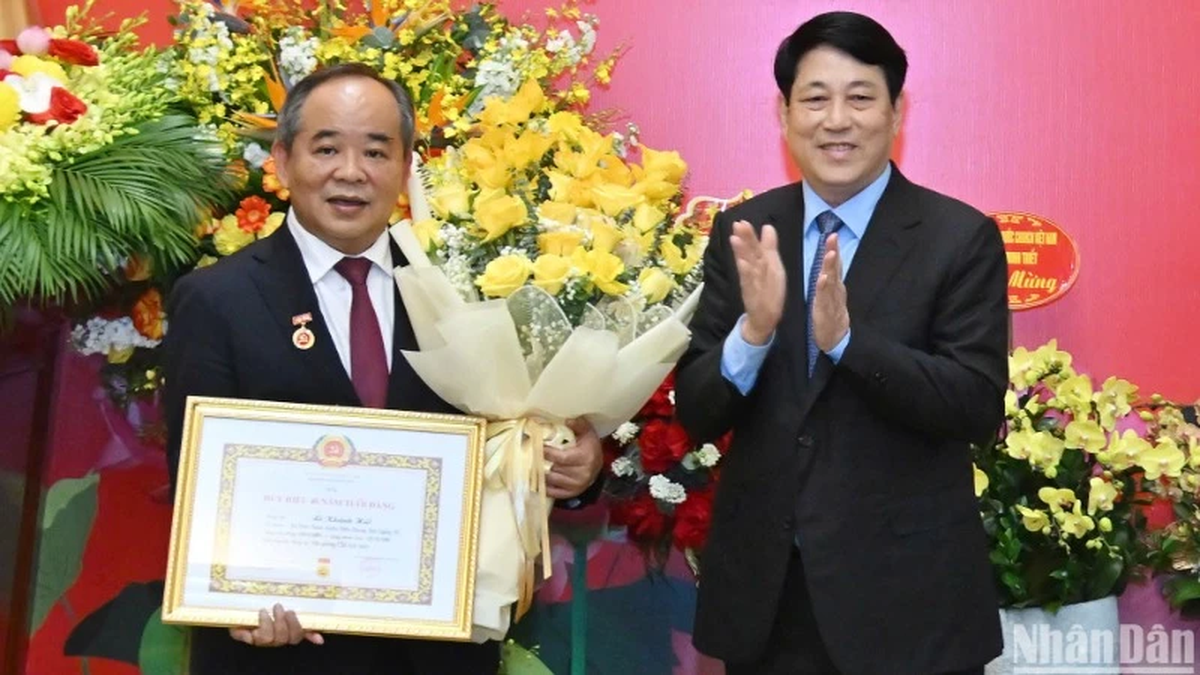
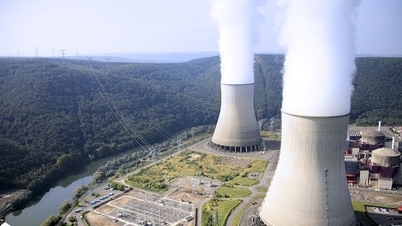

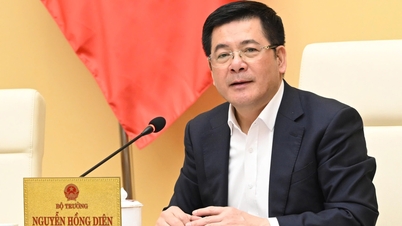

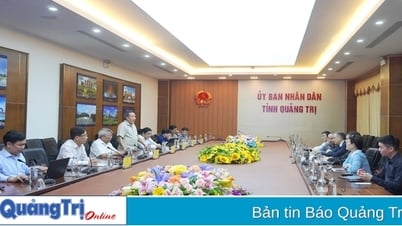

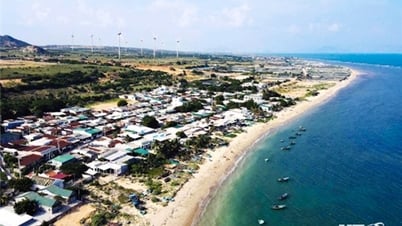


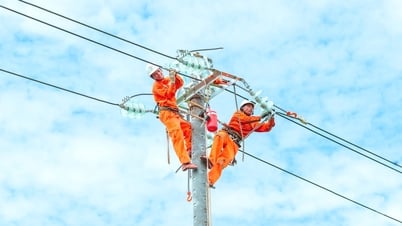




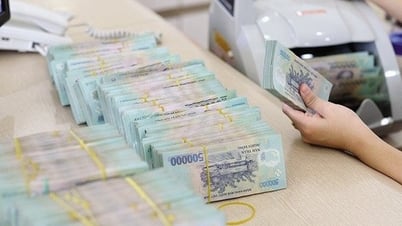









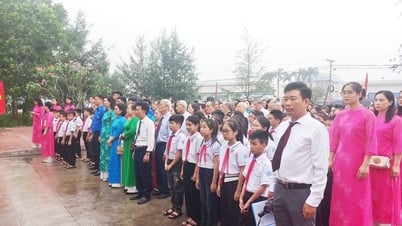




![[Photo] Prime Minister Pham Minh Chinh inspects the progress of the National Exhibition and Fair Center project](https://vphoto.vietnam.vn/thumb/1200x675/vietnam/resource/IMAGE/2025/5/19/35189ac8807140d897ad2b7d2583fbae)

















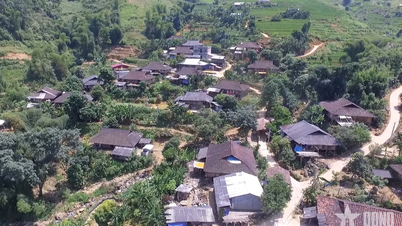


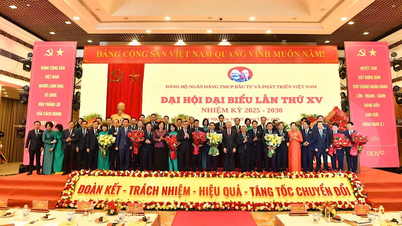




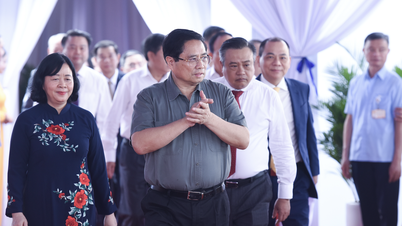




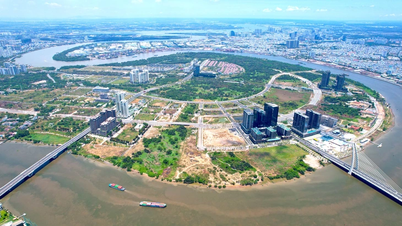

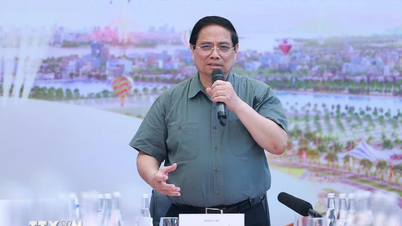







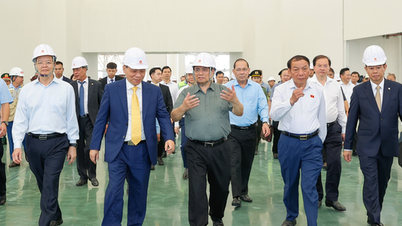


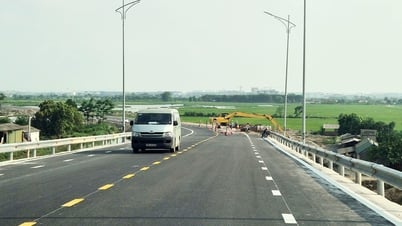










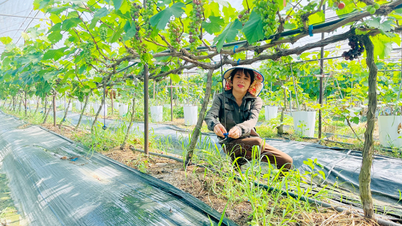



![[VIDEO] - Enhancing the value of Quang Nam OCOP products through trade connections](https://vphoto.vietnam.vn/thumb/402x226/vietnam/resource/IMAGE/2025/5/17/5be5b5fff1f14914986fad159097a677)

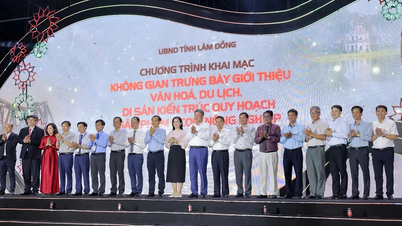


Comment (0)